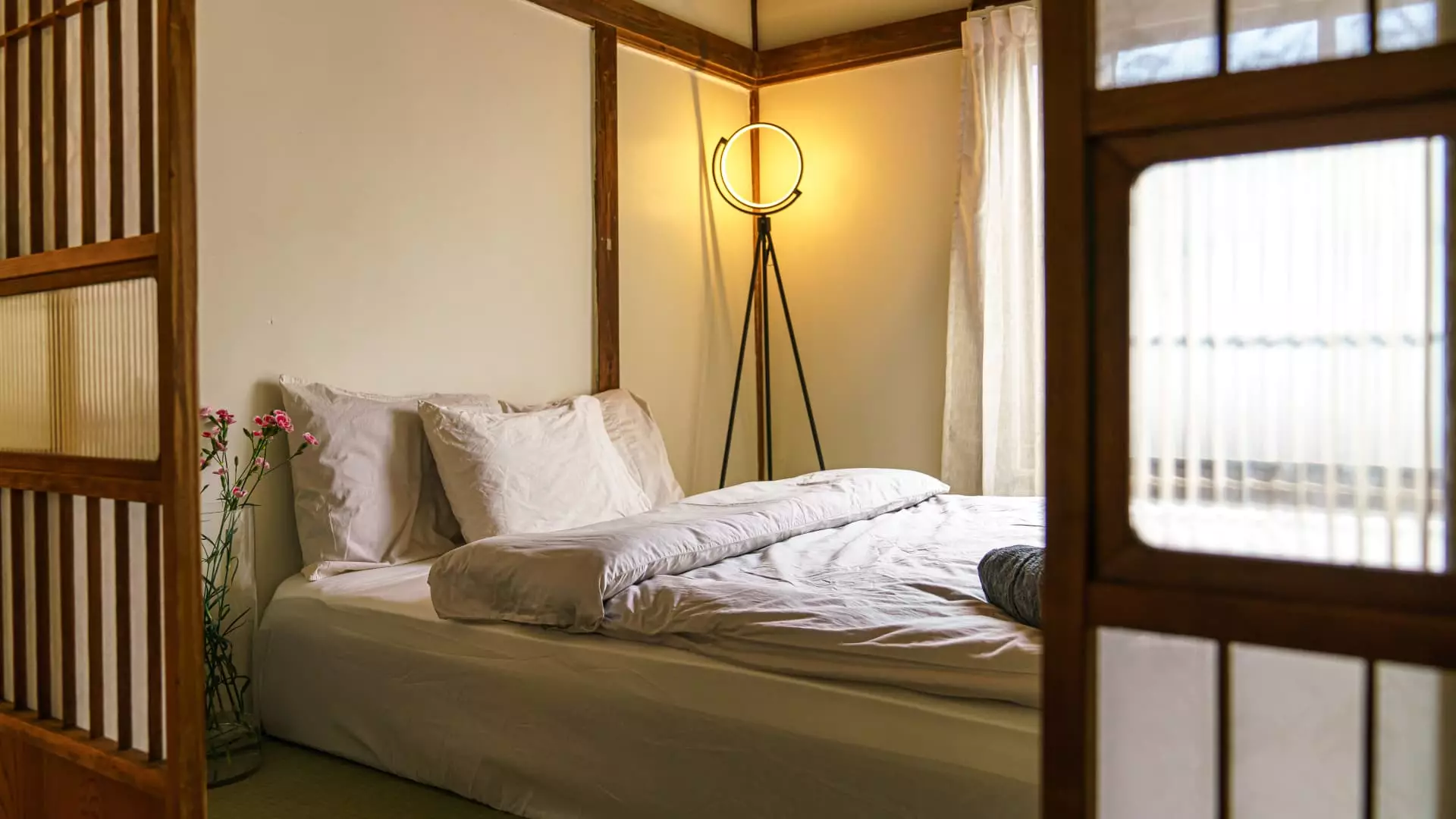In October 2018, Anton Wormann, a 32-year-old with roots in Sweden, took a bold step by relocating to Japan—an act driven by a deep-seated passion for design and renovation. His journey to this unique country began with a work trip in 2015, where every aspect of the culture captivated him, leaving him yearning for more. The breathtaking landscapes, the intricate blend of tradition and modernity, and the exquisite cuisine all resonated with his aesthetic sensibilities. This profound connection spurred him to visit Japan annually, and finally, he made the decision to call the island nation home.
As Anton immersed himself in the rich tapestry of Japanese culture and language, he saw beyond the surface; he recognized an opportunity—a thriving potential in the numerous abandoned houses strewn across the countryside. Known as “akiyas,” these properties became symbolic of Japan’s demographic struggles. With an alarming total of around 9 million akiyas, as reported in 2023, Japan is grappling with an oversupply of homes amid a declining population. Insights into the stark realities of this landscape raised questions about preservation, community vitality, and architectural integrity.
Wormann’s first venture into this realm began with a neighbor’s dilapidated property that had stood empty for a decade following the demise of its elderly owners. Inspired by his childhood fascination with renovation projects—often ignited during discussions with his father about restoring old homes—Wormann seized the opportunity. He purchased the 86-year-old akiya for approximately $54,000, excluding additional costs, and thus embarked on a challenging yet rewarding restoration journey.
Upon entering the neglected structure, Wormann faced an overwhelming reality. The house was a time capsule, filled with remnants of the past and riddled with structural issues. Termite infestations and the echoes of previous inhabitants made the task seem daunting, and he found himself questioning whether he had taken on too much. However, his love for the property’s location, sunlit spaces, and inherent charm reaffirmed his commitment to revitalizing the building. He knew that every great revival requires patience and an eye for detail.
The renovation process for Wormann was meticulous and time-consuming, spanning 15 months. Each decision emerged organically from countless hours spent within the walls of the akiya—1000 hours and counting. He meticulously dismantled structures, hauling debris away in a rhythm of labor that demanded persistence and creativity. “Making something beautiful takes time,” he emphasized, reflecting on the intricate process involved in distinguishing what to preserve and what to replace.
The akiya’s revival emerged not only as a labor of love but also as a financial investment. Wormann dedicated around $54,000 to renovation efforts, merging contemporary design with the property’s original charm. What was once viewed as a remnant of a bygone era transformed into a captivating retreat now attracting visitors from all over the globe. Once completed, the newly refurbished house fetched approximately $500 a night on Airbnb, generating an impressive monthly income of around $11,000.
What began as a singular desire to resurrect a vacant property blossomed into an entrepreneurial endeavor. Wormann has since expanded his portfolio, acquiring eight properties in Japan, seven of which were previously akiyas. His completed renovations have solidified his role as a steward of Japanese architecture, turning potential loss into cultural preservation and financial sustainability.
His story highlights a vital issue facing many Japanese communities—abandoned homes and shrinking populations. As Wormann poignantly notes, many villages are struggling, with beautiful homes from decades past succumbing to neglect. “There’s a cultural richness that’s being forgotten,” he explains. His perspective illuminates the intersection of real estate revitalization and cultural heritage—a complex challenge that presents immense possibilities.
Anton Wormann’s journey embodies more than merely purchasing and renovating properties; it illustrates a profound connection to place, identity, and the potential for renewal. His efforts are not just about filling vacant homes; they resonate with a larger narrative around community, craftsmanship, and cultural preservation. Each akiya he restores serves as a poignant reminder of history while offering a glimpse into the future, where lost stories, once abandoned, might be reclaimed through creativity and dedication. As others follow in his footsteps, the revival of akiyas may pave the way for a new chapter in Japan’s evolving relationship with its architectural heritage.

